Welcome to back to Year 2049, the newsletter for people who want to learn about the technologies and trends shaping our future without the jargon.
A new article will be sent to your inbox every 2 weeks (on Friday) + you get to vote on the topics you want to learn about.
Today’s Edition
Story: The plan to colonize the Moon
Short videos: Hydrogen fuel types, a way for cities to manage floods, NASA Artemis program, Amazon’s virtual product placements, and more.
The plan to colonize the Moon
The Earth and the Moon
The Moon is Earth’s fraternal twin. Born at the same time. Looks different. But has been by our side since day 1.
For a long time, the Moon only held symbolic meaning. It represents the passage of time, lights up the night sky, and makes us pause and overthink our life.
But the Moon is becoming more than a symbol. Governments and private companies now realize that it’s not just a lifeless rock orbiting Earth. For them, it’s a treasure waiting to be unlocked and a tool to catapult humanity forward.
Today, 50 years after the last Moon landing, we’re at the onset of a new era of space exploration. And the Moon is the beating heart of it.
We leave as we came, and, God willing, we shall return with peace and hope for all mankind.
– Gene Cernan, one of the last astronauts to walk on the Moon, in 1972
The ambitions to colonize the Moon
Governments and private companies want to establish a permanent and self-sustaining colony on the Moon.
In the short term, they want to mine the Moon’s wealth of natural resources and bring them back to Earth.
In the long term, they want to set up the Moon as the galactic spaceport for deep space missions that will send humans to Mars and beyond.
But, to create a successful moon colony, they need to solve a few (big) things first:
Habitat → building places for astronauts to safely live on the Moon
Energy Supply → providing a reliable energy source to conduct daily activities
Resources → getting (or making) water, food, and other vital resources
Transportation → transporting people and supplies between Earth and the Moon
#1: Habitat
Astronauts are exposed to 200 times more solar radiation on the Moon than on Earth, based on a German Aerospace Center study. Unlike Earth, the Moon doesn’t have an atmosphere and magnetic field to shield it from radiation.
In the best case, it’s dangerous. In the worst case, it’s life-threatening. And most plans aim to build colonies at the lunar South Pole, which bathes in sunlight 90% of the time.
The early years of lunar exploration will have astronauts housed in space stations that orbit the Moon (NASA’s Lunar Gateway or China/Russia’s International Lunar Research Station). They’ll use landers to shuttle astronauts to and from the Moon’s surface.
In the meantime, habitats on the Moon’s surface will be built:
3D-printing: carrying construction materials to the Moon will be too expensive. But we can use lunar soil, aka regolith, to 3D-print houses, roads, and landing pads. NASA is already working with 3D-printing startup ICON to develop the necessary technology. Here’s one of their lunar base concepts:

ICON illustration of a conceptual lunar base with 3D printed infrastructure, including landing pads and habitats. (Credit: ICON/SEArch+) Inflatable habitats: Thin Red Line Aerospace, another NASA partner, developed inflatable habitats made from Kevlar. They’re light and small enough to carry from Earth and can shield astronauts from solar radiation and micrometeorites.
Lava tubes: Lava tubes are massive underground caves on the Moon that were once filled with lava. They can protect astronauts from radiation, extreme temperatures, and meteorites on the surface. But there’s still a lot we don’t know about them because they’re hard to map and explore.

Lava tube cross-section (Source: Wikipedia)
#2: Energy
Energy runs everything.
Solar power will be one of the primary energy sources because of the abundance of sunlight on the lunar South Pole.
Nuclear reactors are also likely. They’re lightweight and don’t depend on external factors like sunlight, which is useful in darker areas of the Moon. NASA already awarded $5 million contracts to three companies designing nuclear fission reactors for the Moon. The goal is to develop a 40-kilowatt system, which is enough to power the equivalent of 30 homes per day.
#3: Resources
Futurama taught us that shipping cargo to space is a lucrative business.
It costs $2,720/kg to launch a kilogram of stuff to the ISS on a SpaceX rocket. Pricey, but a significant reduction from the $18,500/kg you had to pay 20 years ago.
But shipping water, food, and other supplies from Earth to the Moon for a permanent colony would be costly. Can astronauts “live off the land” instead?
Luckily, the Moon has at least 600 million metric tons of water ice, according to NASA estimates. That's enough to fill 240,000 Olympic-sized swimming pools. Water can even help produce liquid hydrogen, aka rocket fuel. This would help set up refuelling stations for rockets going back to Earth, or those going to Mars and beyond.
As for food, we could grow it in greenhouses or with vertical farming techniques…or what Matt Damon did to grow potatoes in The Martian. There’s a lot to discuss here, but that deserves its own newsletter edition.
#4: Transportation
A moon colony will need safe and efficient ways to move people and supplies between Earth and the Moon.
For the past decade, NASA has spent $23 billion to develop the SLS rocket. But it's not built for reuse and uses four-decade-old leftover rockets from NASA’s Space Shuttle. And each launch will cost a hefty $4.1 billion, far from ideal for frequent trips.
Meanwhile, SpaceX has made leaps in developing reusable rockets like the Falcon 9. Its upcoming Starship rocket is its most important project yet. It’s fully reusable and can carry more people and heavier payloads than the SLS. SpaceX is aiming to keep launch costs around $1 million per launch. While that's an optimistic estimate, it would make the SLS obsolete if they make it happen. NASA even gave SpaceX $2.9 billion to take astronauts to the Moon using Starship.
Starship is still in development, but its first orbital test flight will happen within the next year according to Musk.
The real treasure on the Moon
Building a lunar colony is complicated, dangerous, and expensive. So why go through all this trouble?

Well, the Moon has a wealth of natural resources:
Water is by far the most valuable resource on the Moon. Without it, any hope of sustaining life outside Earth evaporates. We can split it into oxygen (to support life) and hydrogen (to make rocket fuel).
Helium-3 is essential for nuclear fusion, a technology that could unlock virtually unlimited clean energy. The Moon has 1.1 million metric tons of Helium-3, worth an astounding $1.4 million per kilogram. To spare you the mental maths, that’s a total value is $1,540,000,000,000,000. That’s enough Helium-3 to meet Earth's energy needs for 10,000 years, according to China.
Rare-earth elements are a group of 17 crucial elements to make phones, computers, EV batteries, wind turbines, and more. On Earth, they're scarcely distributed and mining them negatively affects the environment. But we find higher concentrations of them in the lunar soil.
Other valuable resources like silicon, titanium, aluminum, palladium, platinum, and rhodium are also present on the Moon.
Despite their abundance, mining these resources will be anything but easy.
NASA has a dedicated lab, Swamp Works, to develop lunar mining robots. It also partnered with startups, like Astrobotic and Moon Express, specializing in lunar mining technology.
China has also made it clear that it intends to mine the Moon’s resources under their lunar exploration program Chang’e. They already successfully sent landers and rovers to retrieve lunar samples and have high hopes of setting up a lunar research station in partnership with Russia.
A relevant statistic: China currently produces over 60% of rare-earth elements on Earth. The other 40% is shared between the US (15%), Myanmar (12%), Australia (7%), Madagascar (3%), and other countries. Source
The harsh and dangerous life on the lunar surface
Even with all our technology, the human body is not made for life on the Moon:
Regolith (moondust) can puncture spacesuits, cause respiratory problems, and attach itself to any surface. Some liken it to a powder made of shards of glass. It can even interfere with robots, rockets, and other scientific instruments. A study found that human cells and mouse brain cells experienced mutations to their DNA when exposed to dust samples similar to regolith. This severely increases the likelihood of developing illnesses in the long term.
Cosmic radiation constantly bombards the lunar surface, and prolonged exposure can damage organs like the brain and the heart. NASA has strict limits on how much radiation an astronaut is exposed to during their lifetime. But still, very dangerous.
Low gravity is detrimental to our muscles and bones. The Moon has 1/6th of the gravity on Earth, which can lead to loss of bone mass, muscle weakening, and affect heart pumping capacity because we’re not putting enough weight on our bodies. Astronauts have to complete daily cardio and strength training to maintain musculoskeletal health.
ESA’s Space Medicine Team designed a vertical treadmill that can help astronauts keep their bones and muscles healthy with just a few minutes of hopping per day.
Poll: Would you live on the Moon for 30 days?
Deep dive
If you enjoyed today’s story, I’ve compiled some additional links to satisfy your curiosity:
NASA Looks to Advance 3D Printing Construction Systems for the Moon and Mars (NASA)
NASA Nuclear Fission Power Project (NASA)
China and Russia are on track to set up a moon base by 2036 – here’s the plan (Inverse)
How SpaceX lowered costs and reduced barriers to space (The Conversation)
5 Ways We Can Grow Food for Future Space Colonies (Interesting Engineering)
Living Underground on the Moon: How Lava Tubes Could Aid Lunar Colonization (Space.com)
Axiom Space just won a contract to build NASA’s next generation of spacesuits (Axiom Space)
Moondust, Radiation, and Low Gravity: The Health Risks of Living on the Moon (IEEE) – highly recommended
Humans Are Revisiting the Moon—and the Rules of Spacefaring (WIRED) – highly recommended
Short video round-up
Catch up in less than 60 seconds:
Sponge Cities: a solution for floods
NASA’s Artemis Program
Simply Explained: Hydrogen fuel types
Amazon wants to introduce virtual product placements on Prime Video originals
The FIFA World Cup ball gets a tech upgrade
You can watch these on my Instagram, TikTok, or YouTube.
Feel free to send me any video requests!
Previous episodes you’ll enjoy
🗑 Space’s massive junk problem
🌾 Everything you need to know about vertical farming
You can also check out all previous Year 2049 episodes to learn about other technologies shaping our future.
How would you rate this week's edition?


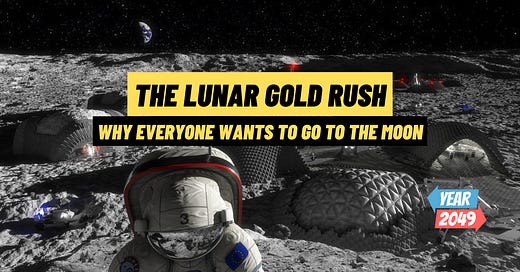





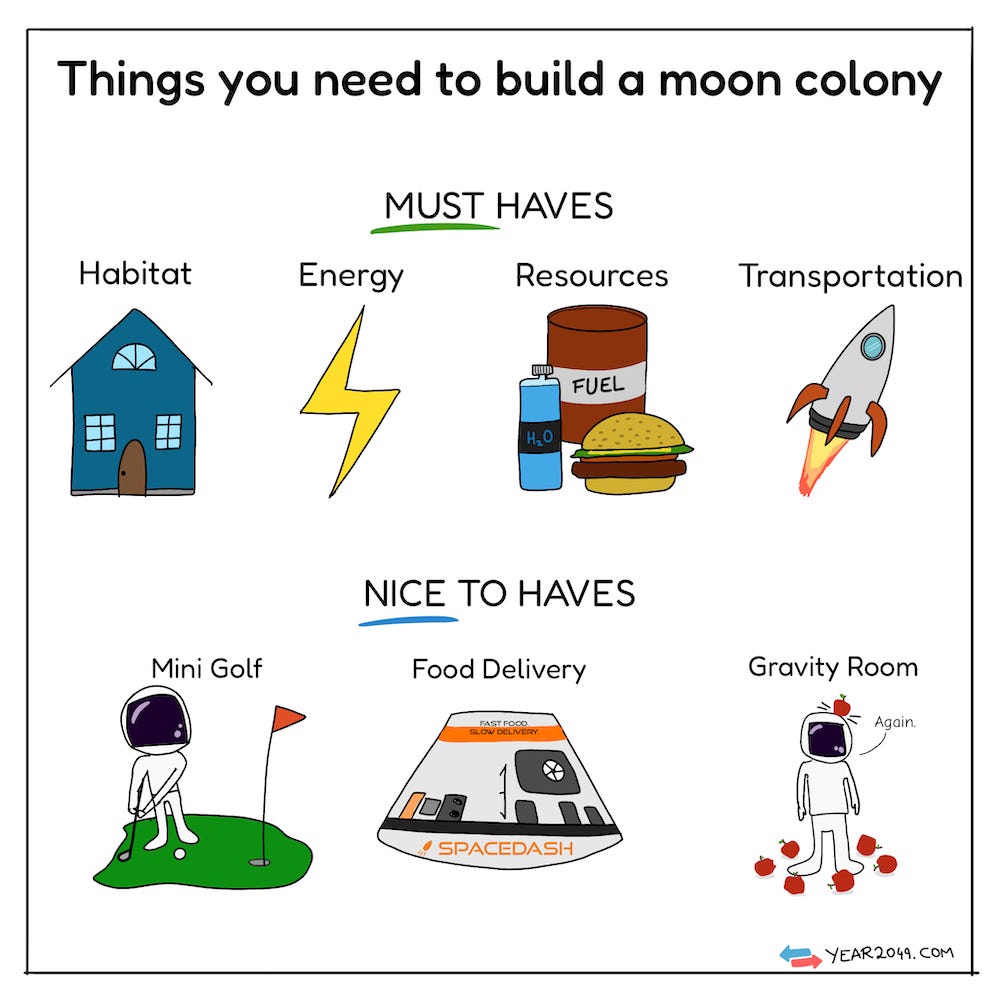
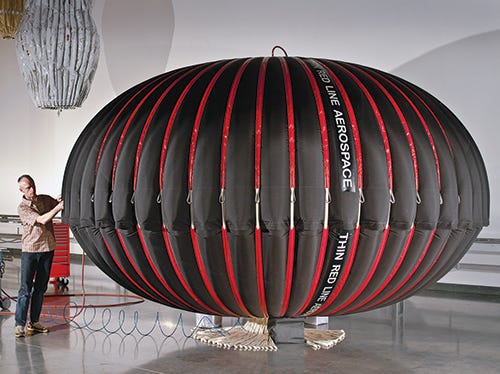
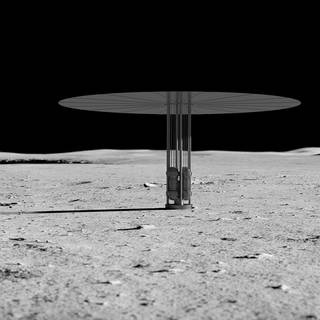
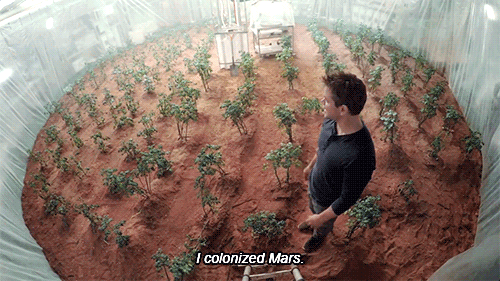


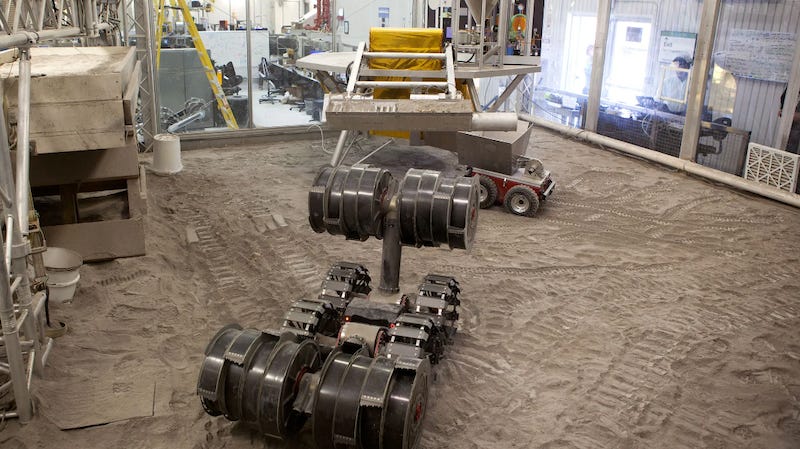

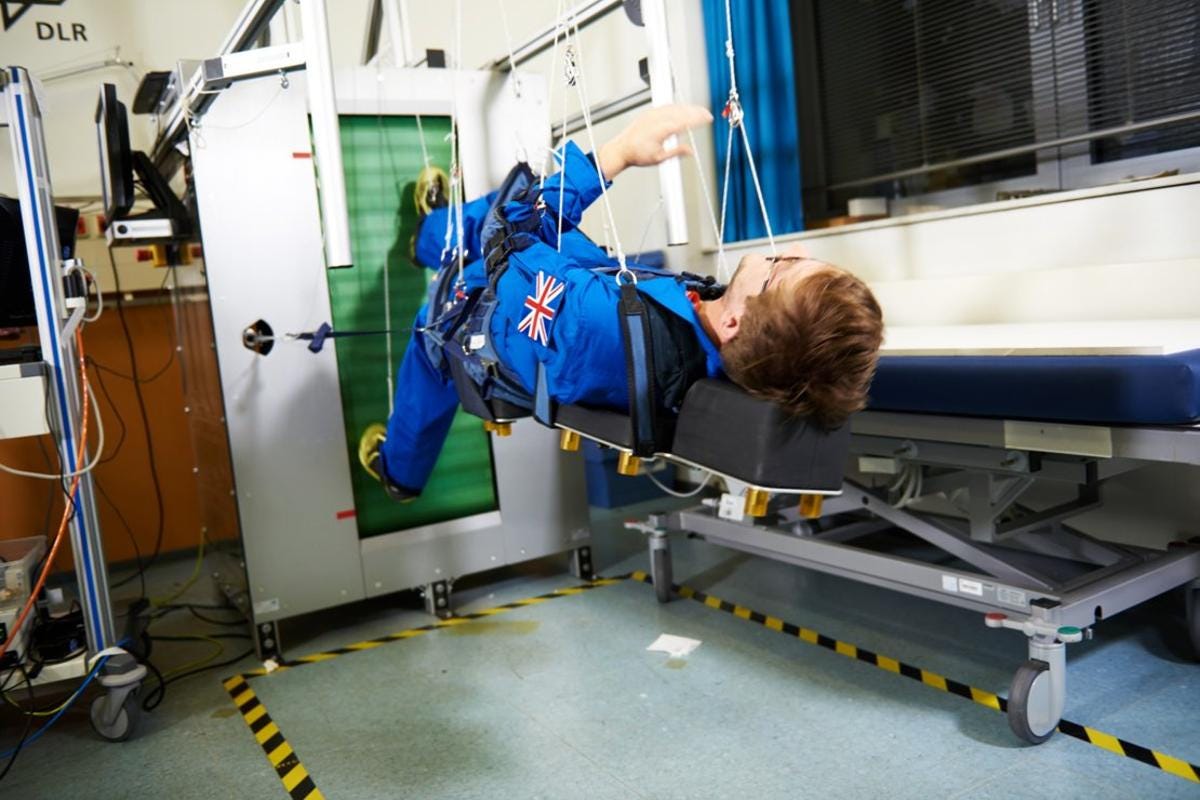
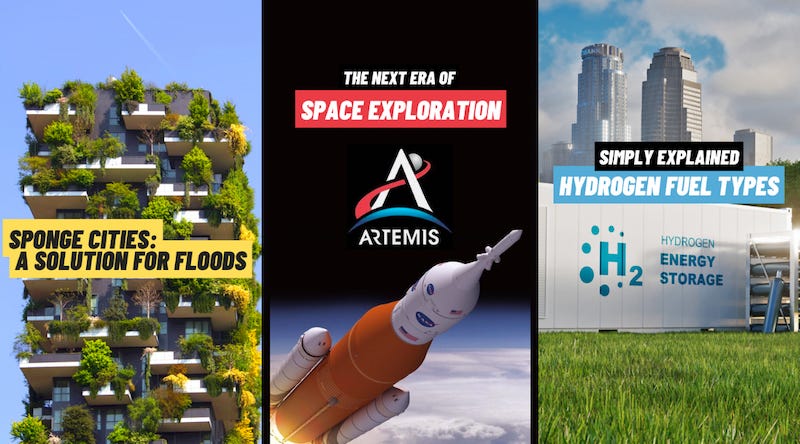
Fascinating. I remember the first lunar landing. It would be nice to see another in my lifetime. The challenges to colonizing the Moon are huge, though. Humans were designed for Earth.
If there's Spacedash, I'll consider it.